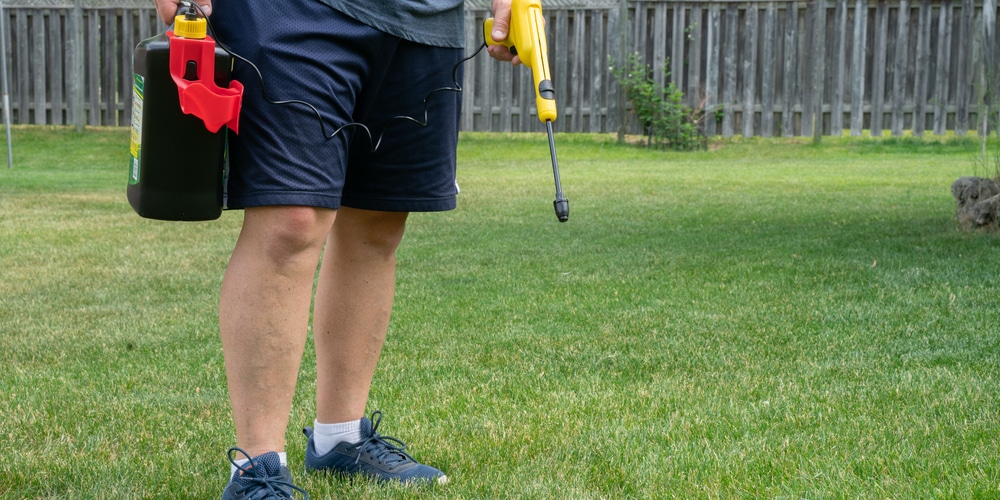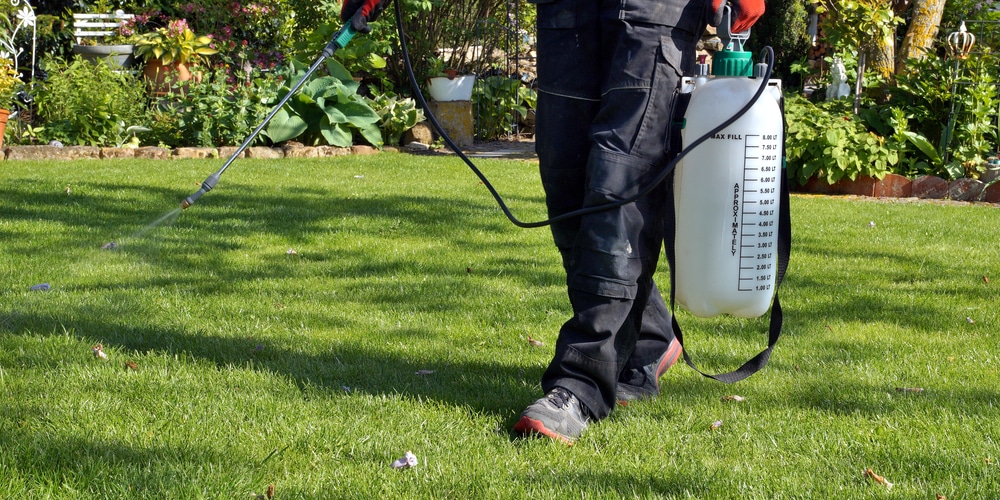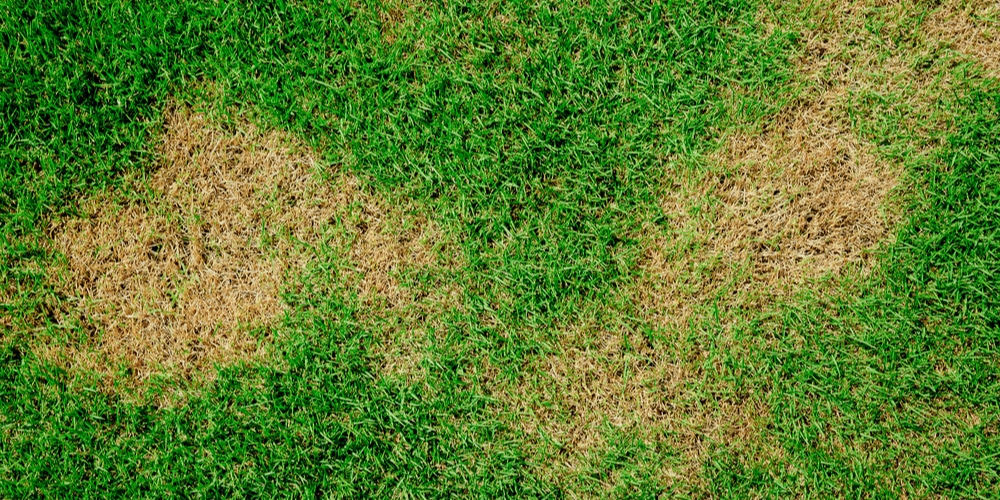Every gardener’s lawn is like a living carpet, adorning the ground with a verdant hue. And, just like any other carpet, a lawn needs to be regularly cleaned and maintained for it to look its best. One of the most crucial parts of lawn care is fertilization, which gives grass the nutrients they need to grow lush, vibrant, and healthy.
But sometimes, even when you’re being careful, things can go wrong. Proper fertilization techniques help keep the grass thick, healthy, and resistant to disease and pests. On the other hand, improper fertilization can result in several problems, including the development of white tips on grass blades.
What causes this problem, and is there anything you can do about it? Let’s take a closer look.
Possible Reasons Why Grass Tip is White After Fertilization

Generally speaking, when your grass tips have turned white after fertilization, it’s due to one of two reasons: either you applied the fertilizer too heavily, or the nitrogen in the fertilizer was too high.
Nitrogen plays a crucial role in turf and lawn grasses because it helps the grasses produce chlorophyll, which gives them their green color. It also helps the grasses to create new proteins, which are essential for cell growth.
Too much nitrogen in the soil can cause the grass blades to grow too quickly. It should be a good thing, right? While the result may be a lawn that looks lush and green, it’ll only be for a short period. It’ll eventually yellow out, wilt, and die because the grass isn’t able to produce enough food for itself.
This is why it’s very important to check your soil before applying any fertilizer. A simple soil test will give you a good idea of the nutrients already present in the ground. It will help you determine how much fertilizer is needed for your lawn.
On the other hand, even if you have a properly-balanced fertilizer ratio, if you’ve applied too much fertilizer than the intended amount, it will show signs of fertilizer burns. It starts with white at the tips of the grass blades and eventually moves down the blade until the whole leaf turns brown and dies.
What Can You Do About It?
Fortunately, there are a few things you can do to save your lawn if it’s been affected by too much fertilizer. This can be easily fixed by changing your fertilization habits and by following these simple tips:
- Use a soil test kit to check the nutrient levels in your lawn before applying any fertilizer.
- Spread the fertilizer evenly, using the recommended amount for your lawn type.
- Water your lawn regularly to maintain a healthy moisture level.
- Use a slow-release fertilizer to reduce the risk of fertilizer burn.
- Water your lawn immediately after applying fertilizer to wash it down into the soil.
- If possible, use organic fertilizers instead of synthetic ones.
Each of these simple methods can help you minimize the risk of fertilizer burn and keep your lawn looking its best. If the white spots have appeared in your grass, immediately water your soil to dilute the fertilizer and reduce the risk of further damage.
Other Causes of White Tips on Grass
Aside from fertilization, white tips may also be a cause of multiple other problems, such as:
Drought Stress
Although this is relatively rare, prolonged periods of drought can cause the tips of grass blades to turn white. This is due to a lack of moisture in the soil, preventing the grass from taking up nutrients and causing it to become stressed.
Mineral Deficiencies
Too much of one mineral in the soil can lead to deficiencies in other minerals. For example, if there’s too much calcium in the soil, it can cause a magnesium deficiency, which manifests as white tips on the grass blades.
A simple soil test kit can help you determine the nutrient levels in your lawn and correct these nutrient and mineral deficiencies.
Fungal Diseases
Infection by common turf grass diseases, fusarium blight and patch can also lead to the development of white spots on the grass.
Herbicides
Some herbicides can cause white tips on grass, mainly if they’re not applied properly. If you’ve recently applied herbicides to your lawn and you notice the white tips, make sure that you’re following the correct dilution. This is to prevent bleaching your turfgrass.
Mowing Height
If you’re mowing your lawn too short, it can also cause the tips of the grass blades to turn white. This is because you’re removing too much leaf surface, preventing the grass from photosynthesizing and producing food.
You may also want to make sure that your lawnmower’s blades are sharp and not dull. This is another possible reason, causing you to rip the grass blades instead of cut them, which can also lead to white tips.
The ideal mowing height for most lawns is between two and three inches.
White Tips on Grass After Fertilizer: Final Thoughts
Whitening on the tips of the blades of your grass isn’t a normal occurrence. The good thing, though, is that it can be caused by several different things, some of which are easily fixable.
If you think that your lawn’s whitening is due to fertilizer burn, the first thing to do is water the soil. Ensure that you’re using the right amount of fertilizer, and spread it evenly across your lawn on your next fertilization schedule.
Using a slow-release fertilizer and organic fertilizer significantly reduces the risk of fertilizer burn, hence, preventing whitening tips on your grass.

